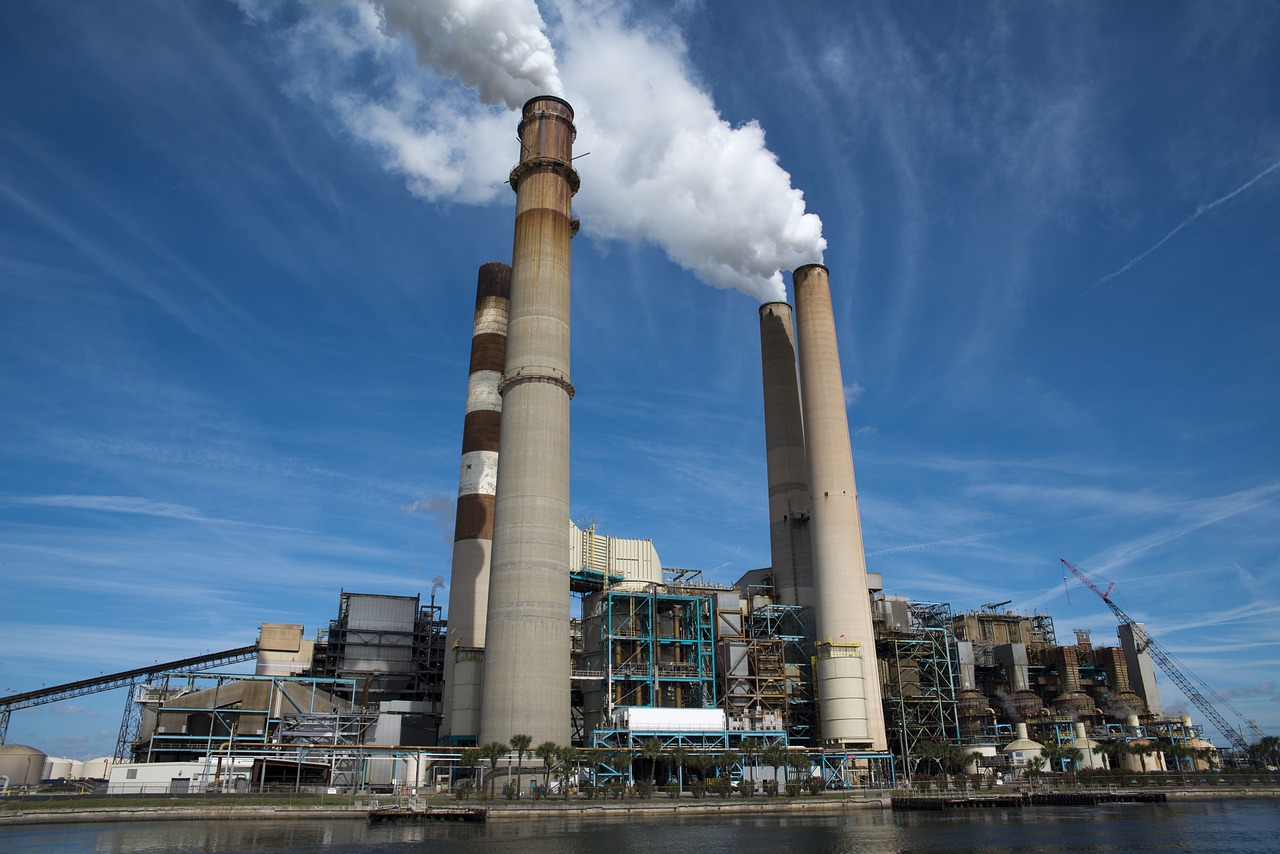Addressing climate change and achieving sustainability goals requires substantial efforts to reduce carbon dioxide (CO2) emissions across various industrial processes. Syngas, a crucial intermediate in energy production and chemical synthesis, presents both challenges and opportunities in the quest to lower CO2 emissions. This article explores the methods and technologies employed to minimize CO2 emissions from syngas-based processes and their downstream applications, emphasizing strategies that can significantly reduce the carbon footprint of these processes.
Understanding Syngas and Its Role
Syngas, short for synthesis gas, is a mixture of hydrogen (H₂) and carbon monoxide (CO), along with varying amounts of carbon dioxide (CO₂) and methane (CH₄). It is produced through the gasification of carbon-containing materials such as coal, biomass, or natural gas. Syngas serves as a versatile feedstock for various industrial applications, including:
- Electricity Generation: Syngas can be used in power plants to generate electricity.
- Chemical Synthesis: It is a key precursor for producing chemicals like methanol and synthetic fuels.
- Hydrogen Production: Syngas is used to produce hydrogen, a clean energy carrier.
CO2 Emissions in Syngas Production
The production of syngas inherently generates CO2 emissions due to the carbon content in the feedstock. The extent of these emissions varies depending on the type of feedstock and production process:
Coal Gasification: This process converts coal into syngas by reacting it with oxygen and steam at high temperatures. Coal’s high carbon content results in significant CO2 emissions during gasification.
Biomass Gasification: Biomass, a renewable feedstock, also produces CO2 during gasification. However, biomass is considered carbon-neutral because the CO2 released during gasification is offset by the CO2 absorbed during the biomass’s growth.
Natural Gas Reforming: This method involves reacting methane with steam to produce syngas. Although natural gas is a cleaner fossil fuel compared to coal, its reforming still generates substantial CO2 emissions.
Strategies for Minimizing CO2 Emissions
Efforts to reduce CO2 emissions from syngas production and its downstream applications include a variety of strategies:
Carbon Capture and Storage (CCS)
Capture: The capture of CO2 from syngas can be achieved through several methods:
- Pre-Combustion Capture: CO2 is separated from syngas before it is burned.
- Post-Combustion Capture: CO2 is removed from flue gases after combustion.
- Oxy-Fuel Combustion: Fuel is burned in pure oxygen, producing a concentrated CO2 stream that is easier to capture.
Transport: Captured CO2 is transported to storage sites, typically via pipelines or other transportation methods.
Storage: CO2 is injected into geological formations, such as depleted oil fields or saline aquifers, where it can be securely stored underground for long periods.
Process Optimization
- Advanced Gasification Technologies: Enhancements in gasification technology, such as improved reactor designs and process conditions, can increase efficiency and reduce CO2 emissions.
- Heat Integration: Recovering and utilizing waste heat from gasification processes can lower energy consumption and reduce overall CO2 emissions.
Renewable Feedstocks
- Biomass and Waste: Using renewable feedstocks like biomass or waste materials for syngas production can significantly reduce net CO2 emissions. Biomass absorbs CO2 during its growth, and using waste materials can often represent a carbon-neutral or even carbon-negative option.
Hydrogen Enrichment
- Higher Hydrogen Content: Producing syngas with a higher proportion of hydrogen can improve the efficiency of downstream processes. Since hydrogen produces only water when burned, it helps reduce the overall carbon footprint of the process.
Downstream Utilization and Emission Reduction
Syngas is used in various downstream applications, each offering potential for CO2 emission reductions:
Electricity Generation
Combined Cycle Gas Turbines (CCGT): In combined cycle power plants, syngas is used to generate electricity with increased efficiency by utilizing waste heat to drive additional power generation. This approach lowers the overall CO2 emissions per unit of electricity produced.
Integrated Gasification Combined Cycle (IGCC): IGCC technology combines gasification with combined cycle power generation, offering high efficiency and the potential for integrated CO2 capture, further reducing emissions.
Chemical Synthesis
Methanol Production: Syngas is converted into methanol, which serves as a feedstock for producing various chemicals. Emission reduction in methanol production involves optimizing catalytic processes and incorporating CO2 capture technologies.
Fischer-Tropsch Synthesis: This process converts syngas into liquid fuels and chemicals. Enhancing process efficiency and integrating CO2 capture can minimize the carbon footprint of the resulting products.
Hydrogen Production
- Hydrogen from Syngas: Syngas can be processed to produce hydrogen, which, when used as a fuel, generates zero CO2 emissions. Utilizing renewable energy sources for hydrogen production and integrating CO2 capture can further reduce environmental impact.
Syngas in Fuel Cells: Fuel cells convert syngas directly into electricity with high efficiency and lower emissions compared to conventional combustion technologies.
Challenges and Future Directions
Economic Feasibility: Implementing CO2 capture and storage technologies involves high costs. Research and development are needed to reduce costs and improve the economic viability of these technologies.
Infrastructure Development: Expanding infrastructure for CO2 transport and storage is essential for the widespread adoption of CCS technologies.
Regulatory and Policy Support: Effective regulations and incentives are necessary to encourage the adoption of emission reduction technologies and sustainable practices.
Technological Advancements: Continued innovation in syngas production, CO2 capture, and utilization technologies will be crucial for achieving significant reductions in CO2 emissions.
Conclusion
Minimizing CO2 emissions from syngas-based processes and optimizing its downstream utilization are vital for advancing sustainable industrial practices. By adopting strategies such as carbon capture and storage, process optimization, and renewable feedstocks, the environmental impact of syngas production and use can be significantly reduced. As technology evolves and economic factors improve, these approaches will play a critical role in achieving climate goals and fostering a more sustainable future.



